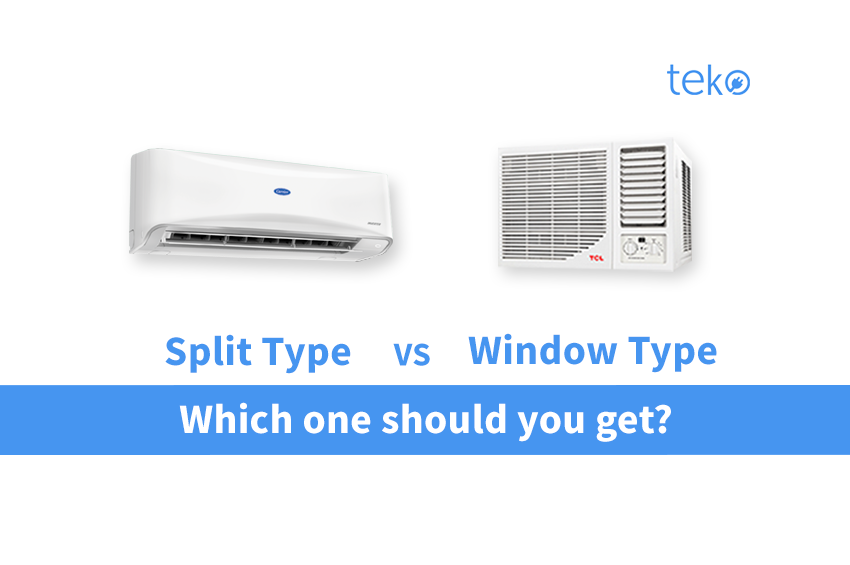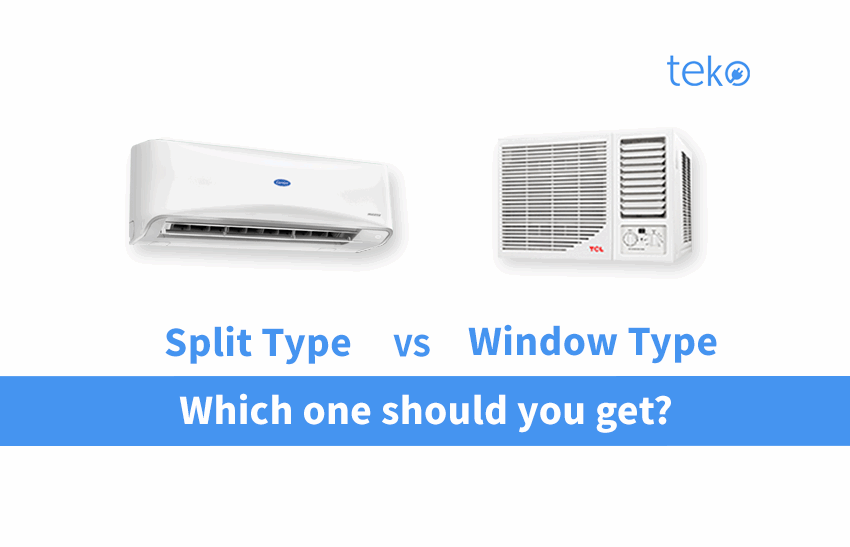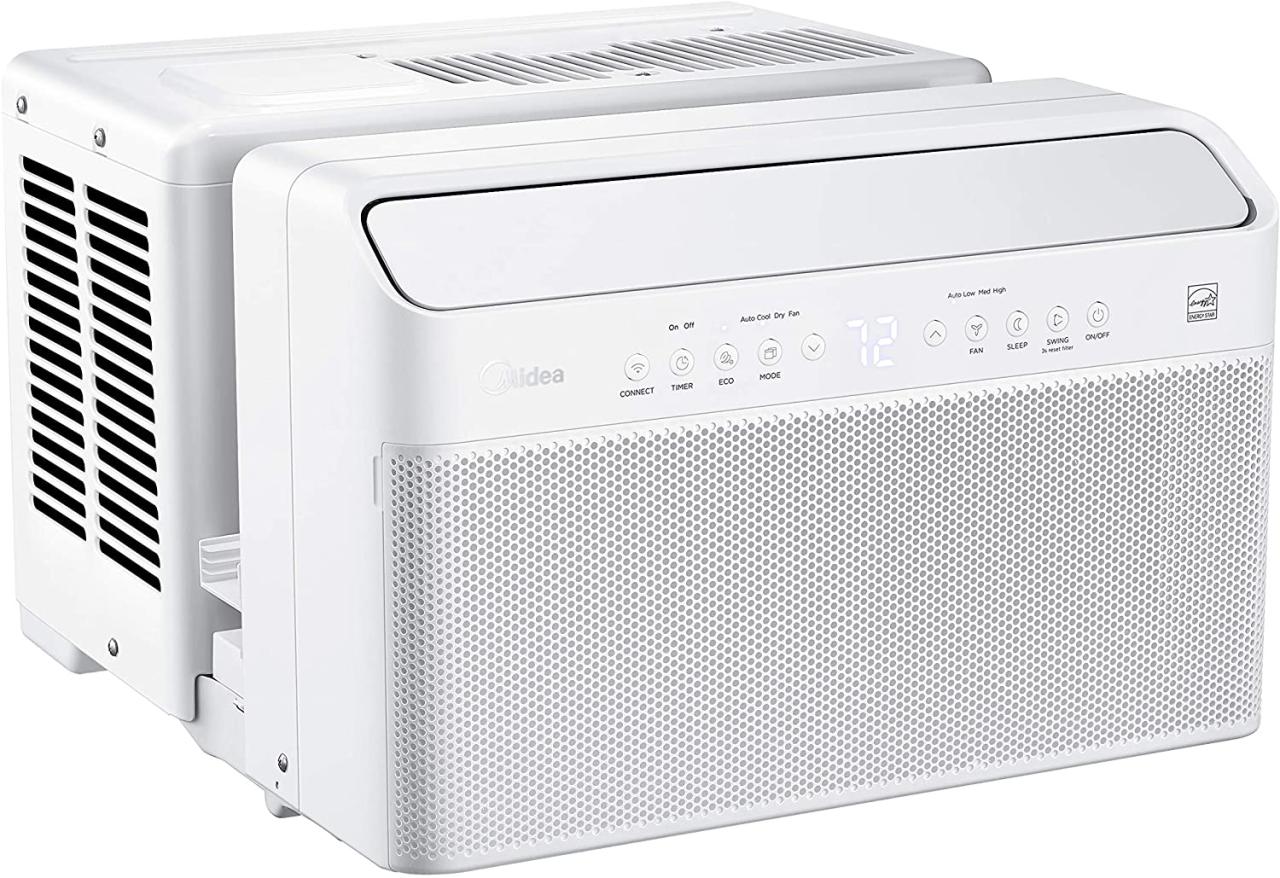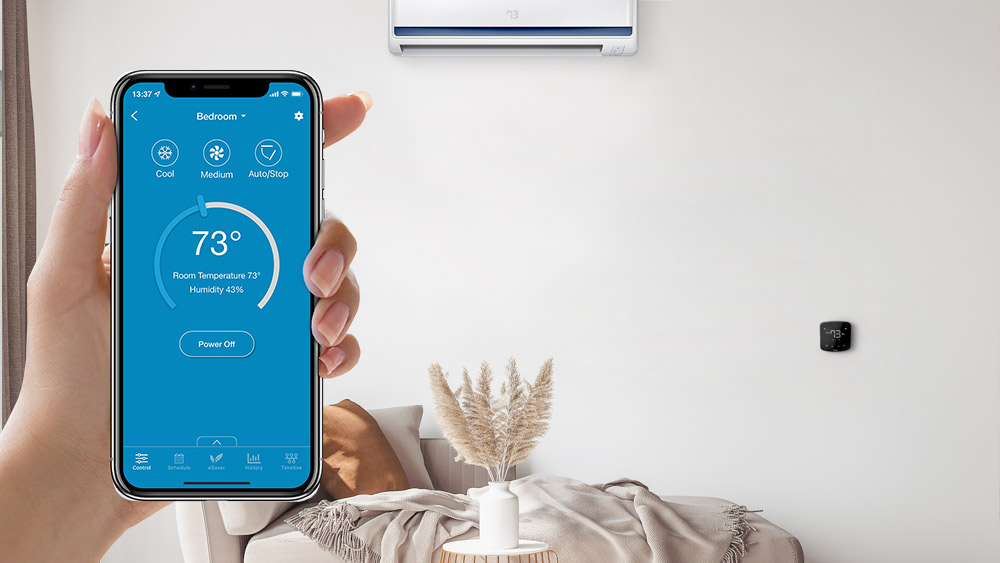When it comes to cooling your space, the choice between a window and split air conditioner can make all the difference. From installation to energy efficiency, each type has its pros and cons. Let's delve into the world of air conditioning and explore which option might be the best fit for your needs.
As we navigate through the intricacies of these cooling systems, we'll uncover key differences and factors to consider when deciding between a window or split air conditioner.
Introduction
When it comes to cooling your space, two popular options are window air conditioners and split air conditioners. Window air conditioners are units that are typically installed in a window opening, while split air conditioners consist of two units – one indoor and one outdoor – connected by refrigerant lines.
Understanding the basic differences between these two types is crucial in choosing the right one for your specific needs.
Size and Installation
One of the main differences between window and split air conditioners is their size and installation process. Window air conditioners are typically larger and require a window opening for installation, making them a good option for single-room cooling. On the other hand, split air conditioners have a more compact indoor unit that can be mounted on a wall, providing flexibility in installation and the ability to cool multiple rooms.
Installation
When it comes to installing air conditioners, both window units and split systems have their own unique processes. Let's take a closer look at how each type is installed.
Window Air Conditioners
Installing a window air conditioner is generally a simpler process compared to split systems. Here are the basic steps involved:
- Choose a suitable window: Pick a window where the unit can be securely mounted and where there is access to an electrical outlet.
- Prepare the window: Remove the window sash and any obstructions to create an opening for the unit.
- Mount the unit: Lift the air conditioner into the window opening and secure it in place using brackets or screws.
- Seal the gaps: Use foam insulation or weather stripping to seal any gaps around the unit to prevent air leaks.
- Connect to power: Plug the unit into a nearby electrical outlet and test to ensure it is working properly.
Split Air Conditioners
The installation of a split air conditioner is more complex and usually requires professional assistance. Here are the general steps involved:
- Choose indoor and outdoor locations: Select appropriate spots for the indoor air handler and outdoor condenser unit.
- Drill holes: Holes need to be drilled through the walls to connect the indoor and outdoor units with refrigerant lines and electrical wiring.
- Mount the units: Install the indoor air handler on the interior wall and the outdoor condenser unit on a suitable surface outside.
- Connect the units: Run refrigerant lines and electrical wiring between the indoor and outdoor units, following manufacturer instructions.
- Test the system: Once everything is connected, the system needs to be tested to ensure it is functioning correctly.
Overall, while window air conditioners are easier to install and can be done by homeowners, split systems are more complex and typically require professional installation due to the technical nature of the process.
Cooling Efficiency

When it comes to the cooling efficiency of air conditioners, both window and split units have their own advantages and limitations. Let's compare how each type performs in terms of cooling larger or multiple rooms and explore the factors that may affect their efficiency.
Comparison of Cooling Efficiency
- Window Air Conditioner: Window units are generally more suitable for cooling single rooms or smaller spaces. They are compact and efficient in cooling a specific area quickly.
- Split Air Conditioner: Split systems are known for their ability to cool larger areas or multiple rooms efficiently. The indoor unit can be installed in one room while the outdoor unit can be placed outside, allowing for better distribution of cool air.
Factors Affecting Cooling Efficiency
- Insulation: Proper insulation in the room can greatly impact the efficiency of both window and split air conditioners. Good insulation helps in maintaining the desired temperature and reduces the workload on the unit.
- Room Size: The size of the room plays a crucial role in determining the cooling efficiency of an air conditioner. Window units may struggle to cool larger rooms effectively, while split systems are designed to handle bigger spaces.
- Location of Installation: Where the air conditioner is installed can affect its performance. A split system placed strategically can provide even cooling throughout the space, while a window unit may struggle to reach certain areas.
- Maintenance: Regular maintenance and cleaning of air filters and coils are essential for optimal cooling efficiency. A well-maintained unit will operate more efficiently and cool the room effectively.
Energy Efficiency
When comparing window and split air conditioners, energy efficiency is a crucial factor to consider. Not only does it impact the environment, but it also plays a significant role in determining monthly utility bills. Understanding the energy efficiency of each type of air conditioner and how to optimize it can help homeowners make informed decisions.
Comparison of Energy Efficiency
- Window Air Conditioners: Window units are typically less energy efficient compared to split air conditioners. This is because they are more prone to air leaks around the unit and window frame, leading to energy wastage.
- Split Air Conditioners: Split systems are known for their higher energy efficiency due to their design. The condenser unit is located outside the home, reducing heat exchange and energy loss.
Impact on Utility Bills
- Window Air Conditioners: Due to their lower energy efficiency, window units can result in higher electricity bills, especially during peak summer months when they need to work harder to cool the room.
- Split Air Conditioners: With better energy efficiency, split systems can help reduce utility bills in the long run, despite potentially higher upfront costs.
Tips for Optimizing Energy Efficiency
- Regular Maintenance: Keep both types of air conditioners clean and well-maintained to ensure optimal performance and energy efficiency.
- Proper Sizing: Choose the right size of air conditioner for your room to avoid overworking the unit, which can lead to higher energy consumption.
- Smart Usage: Use programmable thermostats and set temperature wisely to avoid unnecessary cooling and save energy.
- Insulation: Properly insulate your home to prevent air leaks and reduce the workload on the air conditioner, improving overall energy efficiency.
Maintenance
When it comes to maintaining air conditioners, both window and split units require regular upkeep to ensure optimal performance and longevity. Let's explore the maintenance tasks needed for each type and any differences in cost or frequency.
Maintenance for Window Air Conditioners
- Clean or replace the air filter every 1-2 months to maintain airflow and efficiency.
- Check and clean the condenser coils at least once a year to prevent dust and debris buildup.
- Inspect the window seal for any leaks or gaps that could affect cooling efficiency.
- Ensure the drainage system is clear to prevent water leaks or damage.
Maintenance Routine for Split Air Conditioners
- Clean or replace the filters every 2-3 months to maintain air quality and efficiency.
- Regularly clean the indoor and outdoor units to remove dust and debris that can affect performance.
- Check the refrigerant levels and adjust if necessary to ensure proper cooling.
- Inspect the drainage system to prevent clogs and leaks.
Differences in Maintenance Costs or Frequency
Split air conditioners may have higher maintenance costs due to the need for professional servicing to check refrigerant levels and overall system performance. However, they often require less frequent maintenance compared to window units.
Aesthetics and Space
When it comes to the aesthetics and space considerations, both window and split air conditioners have their own advantages and drawbacks. Let's explore how each type can impact the overall look of a room and the space-saving benefits they offer.
Aesthetics
Window air conditioners are typically installed in a window frame, protruding from the room both inside and outside. This can be a drawback for those who prioritize a seamless and unobtrusive look. On the other hand, split air conditioners have a more modern and sleek design, with the bulky components placed outside the room.
This can contribute to a more aesthetically pleasing interior.
Space-Saving Benefits
Split air conditioners are known for their space-saving benefits as they do not take up window space like window units. This can be particularly advantageous for rooms where natural light is important, as split AC units can be mounted high on a wall or ceiling.
This allows for more flexibility in furniture arrangement and decor choices.
Integrating into Room Designs
To seamlessly integrate a window air conditioner into a room design, consider adding curtains or blinds that complement the unit. For split air conditioners, conceal the connecting pipes and cables with a cover to maintain a clean and polished look.
Additionally, choose a unit color that matches or complements the room's color scheme for a cohesive appearance.
Noise Levels
When it comes to air conditioners, noise levels can play a significant role in determining comfort and usability. Excessive noise can be a major nuisance, especially if you are trying to relax or sleep. Let's compare the noise levels produced by window and split air conditioners and explore ways to reduce noise for a quieter environment.
Window Air Conditioners
Window air conditioners tend to be noisier compared to split air conditioners. The noise primarily comes from the compressor and fan inside the unit. To minimize noise from a window air conditioner, ensure proper installation with tight seals around the unit and window frame.
Regular maintenance, such as cleaning or replacing filters, can also help reduce noise levels.
Split Air Conditioners
Split air conditioners are generally quieter than window units because the noisy components, such as the compressor and fan, are located outside the room. This setup helps in reducing indoor noise levels significantly. To further reduce noise from a split air conditioner, make sure the outdoor unit is placed on a stable surface and away from any obstructions that could cause vibrations.
Cost Considerations
When comparing window and split air conditioners, cost is a crucial factor to consider. Let's break down the initial costs of purchasing and installing each type of air conditioner, as well as discuss the long-term cost implications, including maintenance and energy costs.
Finally, we will offer recommendations on choosing the most cost-effective option based on individual needs.
Initial Costs
- Window air conditioners are generally more affordable upfront, as they are a single unit that can be installed directly in a window opening. The cost typically includes the unit itself, installation materials, and labor.
- On the other hand, split air conditioners are more expensive initially, as they consist of two units - the indoor and outdoor components. The cost includes both units, installation materials, labor, and potentially additional wiring.
Long-Term Cost Implications
- Window air conditioners may have lower maintenance costs compared to split units, as they are simpler in design and generally easier to clean and service.
- However, split air conditioners are often more energy-efficient than window units, resulting in lower energy costs over time. This can lead to significant savings on electricity bills in the long run.
Recommendations for Cost-Effectiveness
- For those looking for a budget-friendly option and have a smaller space to cool, a window air conditioner may be the best choice.
- If energy efficiency and long-term savings are a priority, investing in a split air conditioner could be a more cost-effective option in the long run, especially for larger spaces.
Conclusive Thoughts
In conclusion, the battle of Window vs split air conditioner: which is better? boils down to personal preferences and specific requirements. By understanding the nuances of each type, you can make an informed decision that ensures optimal comfort and efficiency in your living space.
FAQ Guide
Which type of air conditioner is easier to install- window or split?
Window air conditioners are typically easier to install as they require minimal setup compared to split systems.
Are split air conditioners more energy-efficient than window units?
Split air conditioners are generally more energy-efficient than window units due to their advanced technology and design.
Do split air conditioners require more maintenance than window units?
Split air conditioners may require more maintenance than window units due to their intricate components and setup.








